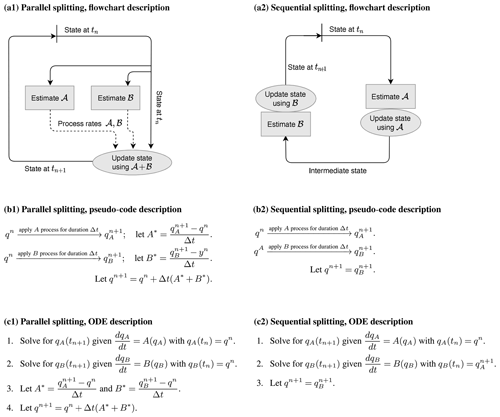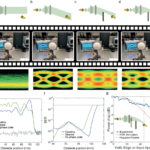2024-04-09 パシフィック・ノースウェスト国立研究所(PNNL)
<関連情報>
- https://www.pnnl.gov/publications/how-identify-good-coupling-methods-error-analysis
- https://gmd.copernicus.org/articles/17/1409/2024/
E3SM大気モデルバージョン1(EAMv1)におけるエアロゾル排出、乾燥除去、乱流混合の数値結合-第2部:結合スキームを評価するための半離散誤差解析フレームワーク Numerical coupling of aerosol emissions, dry removal, and turbulent mixing in the E3SM Atmosphere Model version 1 (EAMv1) – Part 2: A semi-discrete error analysis framework for assessing coupling schemes
Christopher J. Vogl, Hui Wan, Carol S. Woodward, and Quan M. Bui
Geoscientific Model Development Published:16 Feb 2024
DOI:https://doi.org/10.5194/gmd-17-1409-2024

Abstract
Part 1 (Wan et al., 2024) of this study discusses the motivation and empirical evaluation of a revision to the aerosol-related numerical process coupling in the atmosphere component of the Energy Exascale Earth System Model version 1 (EAMv1) to address the previously reported issue of strong sensitivity of the simulated dust aerosol lifetime and dry removal rate to the model’s vertical resolution. This paper complements that empirical justification of the revised scheme with a mathematical justification leveraging a semi-discrete analysis framework for assessing the splitting error of process coupling methods. The framework distinguishes the error due to numerical splitting from the error due to the time integration method(s) used for each individual process. Such a distinction results in a framework that provides an intuitive understanding of the causes of the splitting error. The application of this framework to the dust life cycle in EAMv1 confirms (i) that the original EAMv1 scheme artificially strengthens the effect of dry removal processes and (ii) that the revised splitting reduces that artificial strengthening.
While the error analysis framework is presented in the context of the dust life cycle in EAMv1, the framework can be broadly leveraged to evaluate process coupling schemes, both in other physical problems and for any number of processes. This framework will be particularly powerful when the various process implementations support a variety of time integration approaches. Whereas traditional local truncation error approaches require separate consideration of each combination of time integration methods, this framework enables evaluation of coupling schemes independent of particular time integration approaches for each process while still allowing for the incorporation of these specific time integration errors if so desired. The framework also explains how the splitting error terms result from (i) the integration of individual processes in isolation from other processes and (ii) the choices of input state and time step size for the isolated integration of processes. Such a perspective has the potential for the rapid development of alternative coupling approaches that utilize knowledge both about the desired accuracy and about the computational costs of individual processes.



